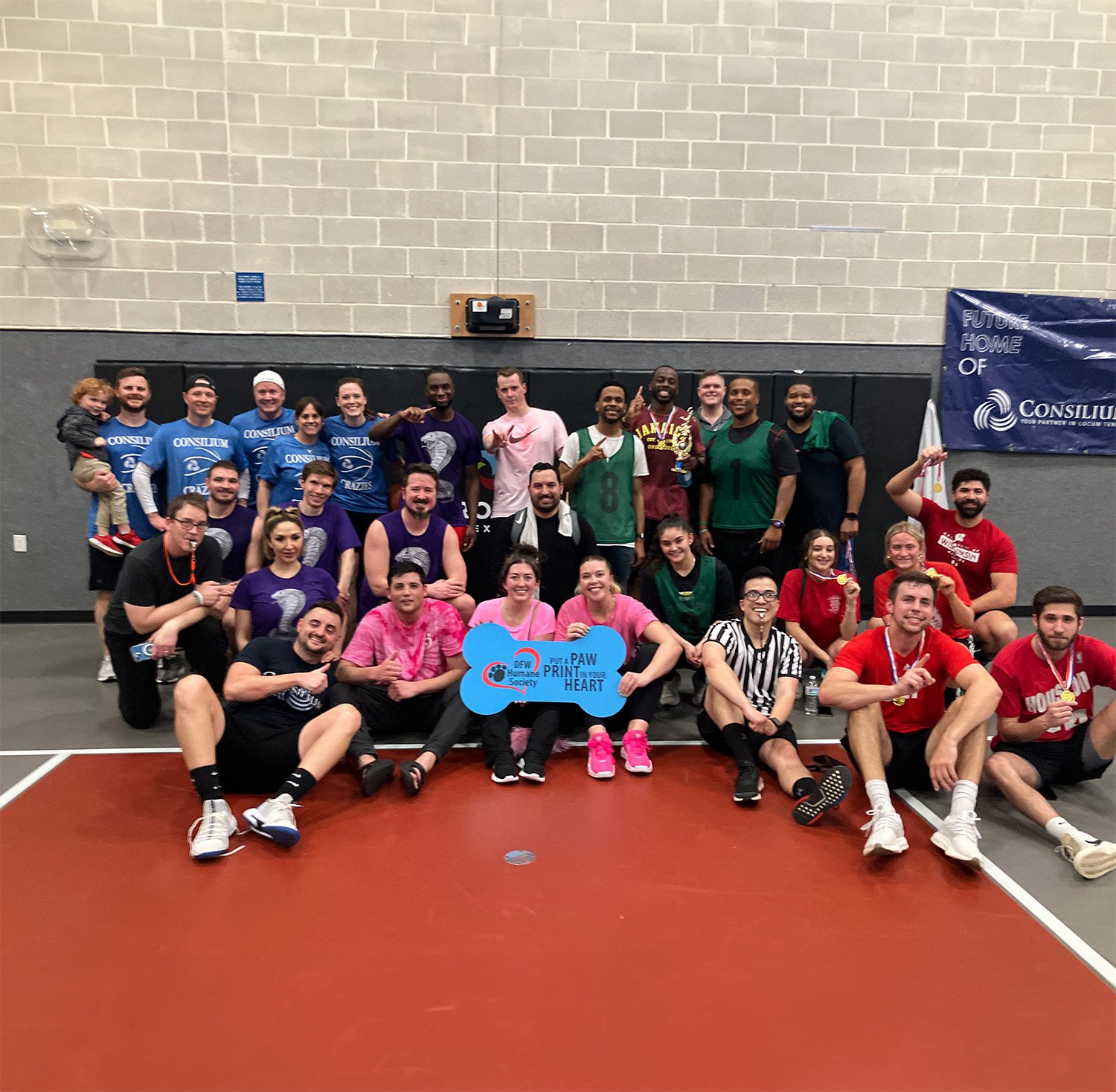Hospital administrators are also battling burnout
Burnout from the pandemic has been well documented for healthcare providers struggling through new realities like overrun emergency rooms, inadequate supplies, and the fear of getting infected by the virus. But as COVID-19 rages on, the situation has also taken a toll on the administrators who keep hospital and facilities running. From increased responsibilities to dealing with a shortage of available providers, healthcare administrators are susceptible to professional and emotional burnout.
New Realities, New Responsibilities
The American Hospital Association reported that the COVID-pandemic has forced enormous financial losses for American hospitals, citing reasons such as cancelled services, cost of personal protective equipment (PPE), and supporting additional workers. Changes like these, as well as new responsibilities related to telehealth and provider job training, directly impact hospital administration.
While the duties of healthcare administrators have evolved over the past year, this doesn’t mean that the previous responsibilities have simply gone away. In reality, hospital administrators are doing more, often with fewer resources. At the top of the list for hospital administrators is confirming that the facility follows the guidelines set forth by the Centers for Disease Control and other regulatory bodies – and ensuring everyone is properly versed in all new pandemic-related protocol.
Other priorities for hospital administrators include optimizing PPE and protecting healthcare workers with comprehensive infection prevention and control. As a result, hospital administrators are taxed with finding PPE and providing PPE and occupational safety training. Administrators are also responsible for communicating and implementing a COVID-19 plan that includes hospital preparedness and ways to combat staffing shortages.
While all of these responsibilities are necessary to protect providers, patients, and staff, the additional protocol and rules create new job stressors, and can have a growing influence on job satisfaction and burnout.
Filling in For Doctors and Nurses
A shortage of providers has been an ongoing crisis for years, and the pandemic has only exacerbated the situation. Providers burned out from pandemic have retired early, quit the profession, or more alarmingly, succumbed to depression and suicide. The Association of American Medical Colleges forecasts that the U.S. will need to fill a shortage of up to 139,000 physicians by 2033, and more than 1.1 million nurses will be needed to level set supply and demand.
As the pandemic stretches human resources to the brink, there’s an urgent need for the hospital staff to step in to assist with duties like patient monitoring, providing moral support, and fulfilling sanitation requirements. This added responsibility increases stress and worry, and adds additional responsibility to high pressure work. These extra duties may also mean increased workload, longer hours, and decreased morale and job satisfaction.
Who’s Helping the Helpers?
As hospital administrators focus on helping the providers at their facilities, their own needs may not be getting addressed. Just as providers are feeling emotional exhaustion, anxiety, depression, and frustration – as explained in a report from Mental Health America – it’s logical to assume administrators and staff members are suffering as well.
According to research from George Mason University, the way individuals respond to change has a direct impact on burnout. While the data found that physicians as a group were twice as likely as support and administrative staff to suffer burnout, the researchers say there exists a great need to address the issue across the entire healthcare system.
Hospital administrators aren’t necessarily on the front line of patient care, but they don’t escape the pressures of the pandemic. Addressing the needs of those who run facilities means also paying attention to their workloads, and taking steps to reduce the realities of burnout.




